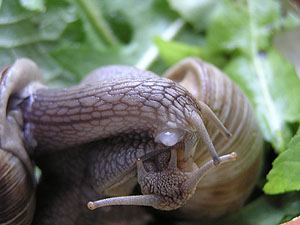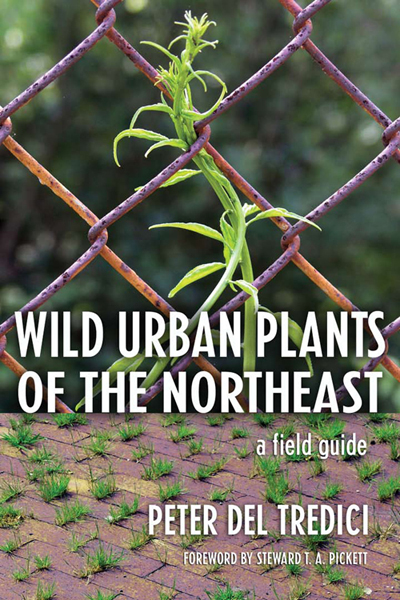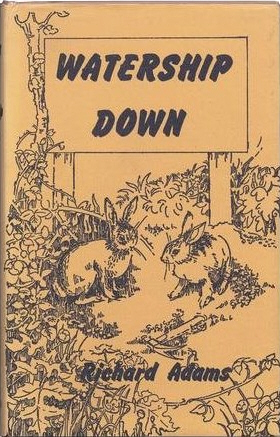I’ve been thinking lately and often of miracles. Not the sort brought in flashes of fire or tears where there had formerly been only porcelain. Rather, my mind is in large part consumed with natural miracles that are abundantly commonplace.
Snails on a mossy wall. Muting of plinky piano music optional.
Much of this preoccupation has been brought on by my obsession with Elizabeth Gilbert’s new(ish) novel, “The Signature of All Things” (recently deemed a New York Times Notable Book of 2013).
Gilbert’s heroine, Alma Whittaker, is a brilliant botanist. Specifically, she is a bryologist–a devotee and biographer of mosses. She dedicates quarters of centuries to the spongy green, taking wonder and delight in the knowledge that the quickly overlooked plants in miniature, so often ubiquitous and so easily unseen, compose fairy forests; tiny greenscapes that glow and endure despite being trod upon, ignored, and sometimes despised. (See the “moss killer” section of any garden center.) Alma takes comfort in “moss time,” the perception of time that occupies the space between geologic time and human. Mosses live slowly…not quite so much as rocks, but endlessly moreso than humans.
One of the many marvels in which Alma indulges is the way in which dried moss will spring back to life after a baptismal dunking. Specimens which had laid dormant and seemingly dead for decades will inflate themselves with water and suddenly pulse again with infinitesimal breath. In her study Alma pours through the tiny, desiccated plants that were used to cushion the journey of botanical specimens from the meridian of the earth. She’d soak them and suddenly find herself able to study and fawn over a resurrection.
I was, and am, inspired by this. It brought about the realization (or, retrospectively, the hypothesis) that my bedroom terrarium, an old rectangular fish tank filled with pebbles, sphagnum, charcoal, dirt and, of course, plants, could perhaps be a haven for the mosses that I’d always had trouble growing there. Shortly after tucking them in from the outdoors they would (and will) unhappily falter. Perhaps, I thought, it was simply too dry.
And so a few weeks ago, after spending hours in bed with Gilbert, I slaked the soil. I let nearly an entire watering can pour down into the spongy habitat’s air plants, ferns, and Venus fly trap. It licked and glazed the yellowed and browning plants. Satisfied, I went back to bed.
The next morning I awoke in a room cleanly cold. Moving from beneath the layers of blanket and sheet I went to futz with the radiator–a true puzzle that I only seem to champion at the end of every winter. I turned and twisted the enigmatic knob and dial before standing, feeling the distantly warm grate, and sighing. The terrarium was beside me; I peered in. I was still somewhat asleep, so it was with half-shut and dreamy eyes that I happened upon an unbelievable sight.
I always for a glance of Moby Dick, a beloved, molluskian member of this household for two years. S/he–for all snails are hermaphrodites–moves through the glass case, traveling on its long foot over glass, lichened bark, and (too often dried-up) moss. I find Moby to be at its liveliest after a relative immersion of water. Snails, with their sliming skin and adoration of decomposition, love the wet. When I’d watered the previous day I’d thought with some anticipation of how much my Mister Ms. would appreciate the humidity.
I wasn’t surprised, then, to find Moby on the wall of the terrarium. I was, however, wholly amazed and flabbergasted to find Queequeg as well, very near to Moby Dick. Both snails were reaching to each other, caressing each other’s faces with antennae and eyestalk, circling coquettishly before rejoining each other in caressing cuddles.
I was flummoxed. First of all, Queequeg had not been seen in the terrarium since the start of summer and I’d assumed the snail dead and gone or, by some miracle, something else. However, here it was, with its gloriously brilliant golden shell and amazingly amorous gestures.
Queequeg and Moby Dick moved over each other’s bodies. When they’d slide away from each other I would fear that I’d scared away their courtship, but they’d always return, spreading and reaching out their tiny, amazing antennae, feeling and certainly seeming to enjoy the other. They nibbled and bit, and not only on each other’s faces. These were erotic bites, beckoning a coupling. On occasion I thought I saw something breaking out of Queequeg’s head, but I wasn’t entirely sure. Given the sudden collaborative collection of snail parts slowly unfurling before me, I could hardly tell what my eyes were being presented with. Were these the typical appendages (eyestalk and the like) or the usually hidden and intimate ones: the penis, the vagina, the curious “love dart” (all which, in sexual adventure, emerge from the snail’s neck)?
As I stared, now fully awake and agape, Moby again moved away from Queequeg, its frilled foot fluttering against the glass. It then made a graceful turn, sliding back toward Queequeg, and, as it neared,something certainly did slip from the side of its body–a tiny penis. It pierced into Queequeg’s waiting body, leaving the snails suddenly still, sidled head-to-toe, copulating in a stillness notable for the absence of biting and the presence of sustaining sexual concentration.
Leopard slugs mating, as narrated by David Attenborough
The sex lives of snails (as well as snugs, as seen thrillingly and surprisingly beautifully in the above clip from Planet Earth) are composed of breathtaking, kinky, and sometimes fatal affairs. While my terrarium snails weren’t quite so transcendentally graceful as the leopard slug, they mated beautifully and, in the manner of I think all mollusks, marathon-style. For hours. I kept tiptoeing over (luckily this was my day off), only to find Queequeg and Moby remaining in their carnal clasp. I texted a friend with updates and told my mom about it on the phone. Eventually, in the mid-afternoon, I peeked to find the snails nonchalantly separated, one by the water dish and the other in a bed of fronds.
Fascinated (and more than a little titillated), I researched the acts that I’d been lucky enough to witness. Here is what I learned.
Land snails–all the ones that you find in your garden or crossing a precarious sidewalk–are well-known for their elaborate courtship dance. After the caresses and sensual explorations, the tender and transparently aroused snails, manifestations of desire, stab each other. Not with a sexual organ–not yet, anyway–but with a harpoon in miniature, a weapon built in the mature snail’s body from calcium.
The action of these instruments is described by Wikipedia:
Prior to copulation, each of the two snails (or slugs) attempt to “shoot” one (or more) [blogger’s edit: OR MORE??] darts into the other snail (or slug). There is no organ to receive the dart; this is more analogous to a stabbing, or to being shot with an arrow or flechette. The dart does not fly through the air to reach its target however; instead it is fired as a contact shot.
A contact shot. I thought this was the same as point-blank range, but no. Point blank makes for a projectile shot from a distance of three meters or less. Conversely, for a contact shot to be true, the barrel of a gun (or the wet, moving skin of a snail) must touch its victim before loosing the hot bullet.
Contact shots make for vicious and often fatal injuries. In humans,
…Wounds caused by contact shots are very devastating, as the body absorbs the entire discharge of the cartridge, not just the projectile. Even a blank cartridge can cause lethal wounds if fired in contact with the body…

Oh, sweet dagger; one snail stabbed with another’s dart. Source.
But humans snails are not, and the small stabbed creatures typically survive the violence visited upon them by their consorts. In fact, a victimized snail not only endures the assault, but answers with “a flirty fléchette of its own, at which point the dueling Cupids will copulate,” as described by Natalier Angier in a Times article about gift-giving animals.
And so, there you are: Snails have a more riotous lovelife than you. Watering an open terrarium can lead to many wonders. And while all snails may go to a lush and humid heaven, it may take awhile to get there; as of this writing, Queequeg and Moby remain happily in the terrarium, nibbling lichens and apple flesh, and liking things a lot more in all the wet. The moral of the story is to keep your environment well-watered, for you never know what it could lead to. But beware the dangers that lurk within your lover’s neck.

The dark, grainy, and as-unobtrusive-as-possible evidence.




















